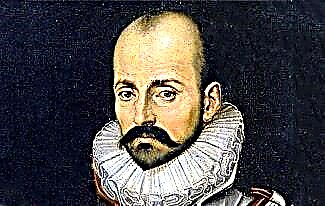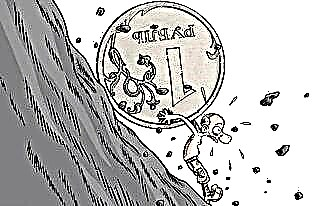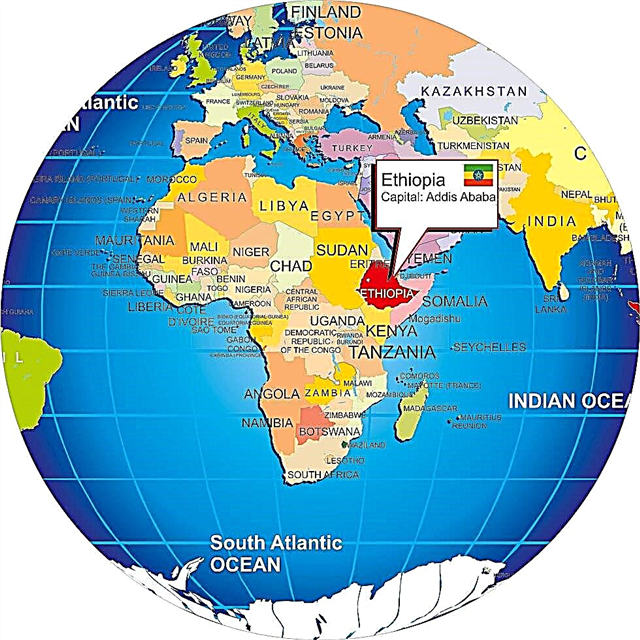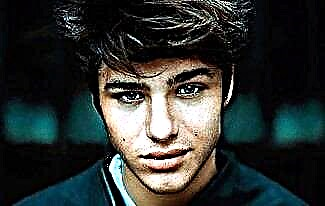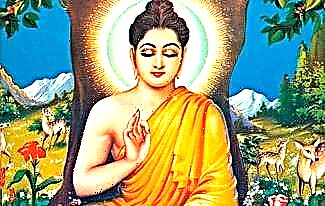It has been 45 years since the death of martial arts master, talented producer and director Bruce Lee, but his ideas both in the field of kung fu and in cinema continue to influence modern masters. It would not be a great exaggeration to say that it was with Bruce Lee that a truly massive fascination with oriental martial arts began. Little Dragon, as his parents called him, made a huge contribution to the popularization of not only martial arts, but also Eastern philosophy and culture in general.
Bruce Lee (1940-1973) lived a short but eventful life. He went in for sports, dancing, cinema, developing diets and writing poetry. At the same time, he approached all studies extremely seriously.
1. Bruce Lee has managed to become a superstar - he has a star on the Walk of Fame - having starred in essentially three films (not counting his childhood roles in Hong Kong). He directed only two of these films himself. For just three paintings, he earned $ 34,000 in royalties. Moreover, in order to get a leading role in his debut film "Big Boss", he had to personally plead with the owner of the "Golden Harvest" company, Raymond Chow. By that time, Bruce was already a well-known and successful trainer and met dozens of celebrities.
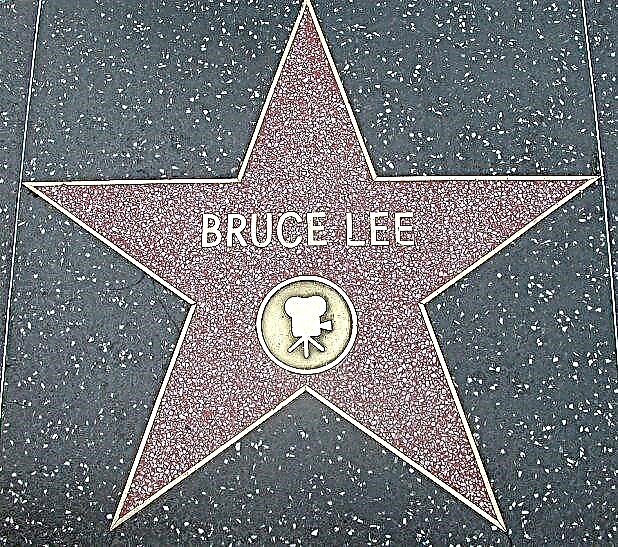
2. But there are more than three dozen films about the life, skill and creative career of Bruce Lee. The most informative and interesting pictures are “Bruce Lee: The Legend”, “The Bruce Lee Story”, “The Master of Martial Arts: The Life of Bruce Lee” and “How Bruce Lee Changed the World”.
3. To understand that money was not the main incentive in Bruce Lee's cinematic career, suffice it to say that the cost of one lesson in his martial arts school reached $ 300. The hundredfold damned American lawyers, who are heroes of anecdotes and comedy films for their monetary appetites, began to earn $ 300 an hour only in 2010. This, of course, is not about corporate lawyers, but still ... It was not cinema that brought monetary stability to Bruce Lee.
4. The guys with whom Bruce Lee began to study kung fu, somehow found out about the presence of German blood (his mother's father was from Germany). They flatly refused to fight the unclean Chinese. Teacher Yip Man personally acted as a sparring partner.
5. Bruce was successful in whatever he took on. Apart from styding. At school, he was more interested in showdowns with peers. Parents were forced to transfer him from a prestigious school to a regular one, but there, too, things were going very well. The boy began to “settle down” only at the age of 14.
6. Due to his innate plasticity, Bruce Lee danced beautifully and even won one of the competitions in Hong Kong. According to legend, when he came to enroll in a kung fu school, he offered to teach the master to dance the cha-cha-cha in exchange for training in the martial art.
7. Bruce Lee was amazingly strong and fast. He did push-ups on two fingers and pull up on a bar on one, held a 34-kilogram kettlebell in his outstretched hand and delivered such quick blows that the cameras did not have time to remove them.
8. The great martial artist was very pedantic. He meticulously kept records of his workouts, nutrition and activities. Summarizing his notes, he created a special diet. Some of Bruce Lee's diaries have been published, and his entries are really very interesting.

9. A man who is considered an unsurpassed master of martial arts was terrified of water. Bruce Lee's hydrophobia, of course, did not reach the fear of washing or taking a bath, but he never learned to swim. For a teenager growing up in Hong Kong, this is surprising, but true.
10. Sometimes you can find the statement that early Bruce Lee's kung fu could not be attributed to any particular style. The fact is that there are hundreds of kung fu styles, and the statement “NN is a fighter of such and such a style” can only speak about the prevailing techniques in the arsenal of a given fighter. Bruce Lee, on the other hand, sought to create something universal, and not only from different styles of kung fu. This is how jeet kun-do turned out - a method aimed at inflicting maximum damage on the enemy with a minimum consumption of its own energy.
11. Jeet Kune-Do is not a combat sport. Competitions have never been held or held on it. Previously, it was believed that Jeet Kune Do masters did not participate in competitions due to the fact that their art was deadly. In fact, the very idea of competing is contrary to the philosophy of this method.
12. The final scene of Return of the Dragon remains a classic for martial arts films. Bruce Lee and Chuck Norris showed incredible skill in her, and their duel is still considered by many to be unsurpassed.
13. Bruce Lee was never a teacher of Chuck Norris and did not give him a ticket to the cinema. Norris established himself in the cinema on his own. The Little Dragon only sometimes told the American how to perform this or that blow more beautifully. In his book of memoirs, Norris only admits that, on Lee's advice, he began to pay more attention to kicks to the upper body. Before meeting Bruce, Norris did not believe in the spectacle and effectiveness of such attacks.

14. Touched Bruce Lee on the set and Jackie Chan. While still a teenager, Jackie Chan participated in the scenes of mass filming in the films "Enter the Dragon" and "Fist of Fury."
15. The wooden kung fu machines that had been around for centuries were not good for Bruce Lee - he broke them too quickly. One of the master's friends reinforced the fastening elements with metal parts, but this did not help much. Finally, a unique simulator was developed, which had to be suspended from thick ropes in order to somehow dampen the force of Bruce's blows. However, he never had time to try out the novelty.
16. In the backyard of Bruce Lee's house there was a punching bag weighing about 140 kg. With a kick almost without a run, the athlete deflected it 90 degrees vertically.
17. Bruce Lee could very well become the world armwrestling champion. In any case, he won in this competition all his acquaintances, among whom there were no weak people in principle.
18. It sounds trite in the 21st century, but Bruce Lee never drank alcohol or smoked. But if you remember that in the late 1960s and early 1970s, any business conversation in Hollywood began with at least an alcoholic cocktail or whiskey, and marijuana cigarettes were imported from Canada to college campuses in whole blocks, then Bruce's resilience deserves respect.
19. The Grand Master was not exclusively a fighting machine. At the university, he studied philosophy. Bruce Lee had a large library, he loved to read and even wrote poetry from time to time.
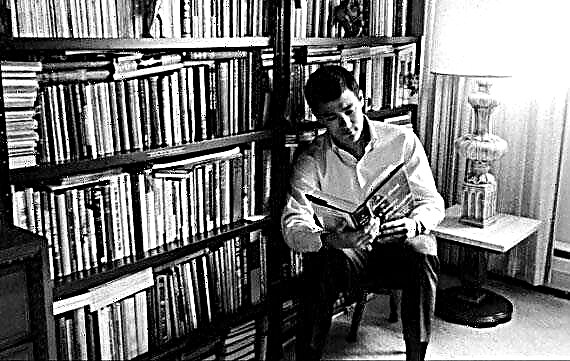
20. If we consider the death of Bruce Lee in isolation from the context of other events, everything looks logical: the person took a pill containing a substance to which he was allergic, help arrived late and he died. However, the bacchanalia that began in cinema and the media after the death of Bruce Lee cannot but raise serious questions. From the fact that Bruce Lee's body had to play the role of Bruce Lee's corpse in the movie "Game of Death" and ending with dozens of films in which the performers took pseudonyms, consonant with the name of the departed idol of millions, it all smelled very bad. Doubts about the naturalness of Bruce Lee's death appeared immediately. Despite the fact that relatives of the athlete and actor insist that his death was due to allergies, Bruce Lee fans still continue to doubt this.


